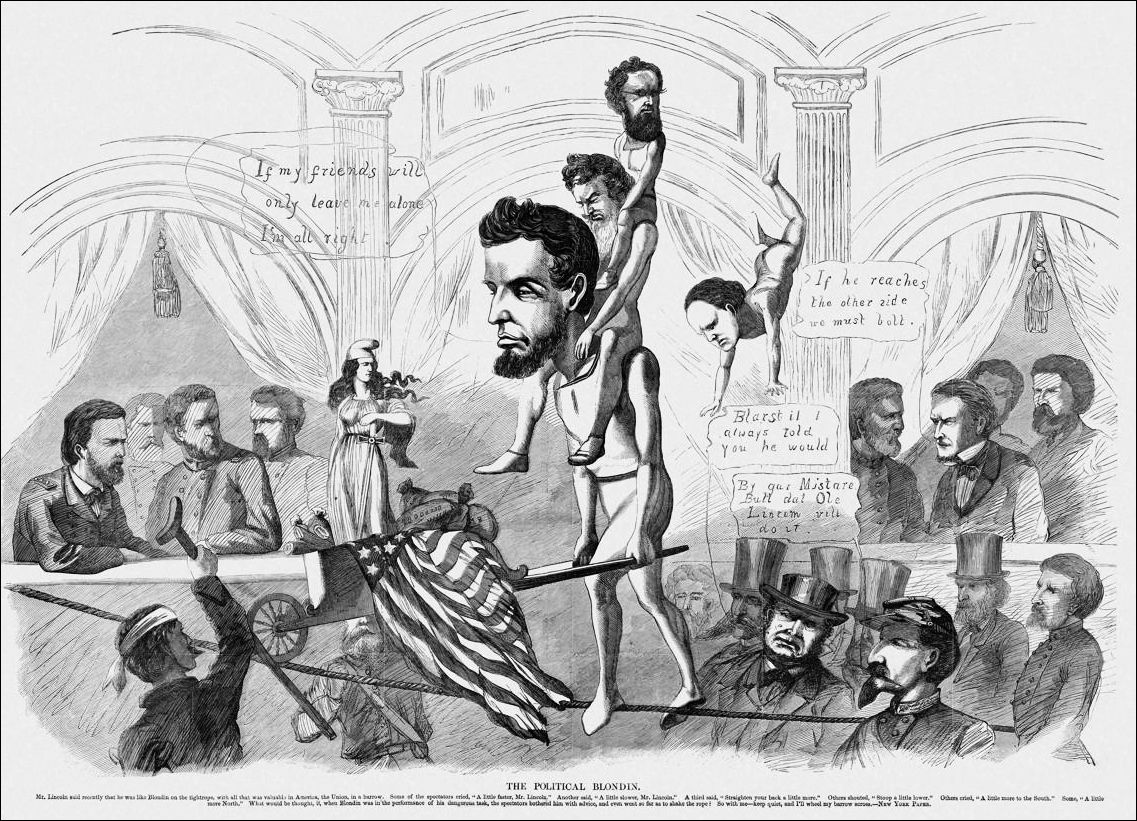Authors:
Historic Era: Era 5: Civil War and Reconstruction (1850-1877)
Historic Theme:
Subject:
Spring 2022 | Volume 67, Issue 2


Authors:
Historic Era: Era 5: Civil War and Reconstruction (1850-1877)
Historic Theme:
Subject:
Spring 2022 | Volume 67, Issue 2

Editor's Note: David S. Reynolds is a Distinguished Professor at the Graduate Center of the City University of New York and the author of 16 books. His latest, Abe: Abraham Lincoln in His Times, is an ambitious and wide-ranging biography relating Lincoln to his cultural environment in antebellum America. The book won both the Lincoln Prize and the Abraham Lincoln Institute Book Award. It was chosen among the Top 10 Books of the Year by the Wall Street Journal and was on the Best Books lists of the Washington Post, the Christian Science Monitor, and Kirkus. Prof. Reynolds adapted the following from Abe.
There are many things one can learn from America’s greatest president. In a deeply divided time, keep to the center while sticking with the nation’s core principles if you want to be an effective leader. Don’t insult your opponents. Make the center lively. And don’t forget young voters.
During the 1850s, Lincoln took a middle position on the “isms” of his day. He didn’t fully embrace any of them, but he didn’t distance himself from those who did. He kept his eye trained on the one ism that really counted. In September 1859, he urged the Ohio politician Salmon Chase to do all he could to stop “Douglasism” — the threatened westward spread of slavery. “That ism,” Lincoln wrote, “is all which now stands in the way of an early and complete success of Republicanism.”
Lincoln explained that “the chief effect of Douglasism” was to change the “moral tone and temper” of the American people by inviting them to become indifferent about human rights. All of Douglas’s “reasoning and sentiments,” Lincoln declared, “spring from the view that slavery is not wrong.”
But in arguing that slavery was wrong, Lincoln did not join those who gathered under the moralistic banner of New England Puritanism. He was notably absent from the grand ceremony for the laying of the cornerstone of the National Monument to the Forefathers in Plymouth, Massachusetts, on August 2, 1859. Completed in the 1880s, the eighty-one-foot monument, featuring symbolic statues of Faith, Morality, Liberty, and the like, rooted public morality in the Pilgrims.
“Our life is their life,” one speaker announced to the crowd of five thousand. “From their oppression springs our freedom.” Among the orators that day were the antislavery leaders Salmon Chase, Henry Ward Beecher, John Parker Hale, Henry Wilson, and Francis P. Blair. Letters of support came from other notables. But not from Lincoln.
Nor did he participate in the widespread celebration in the North of